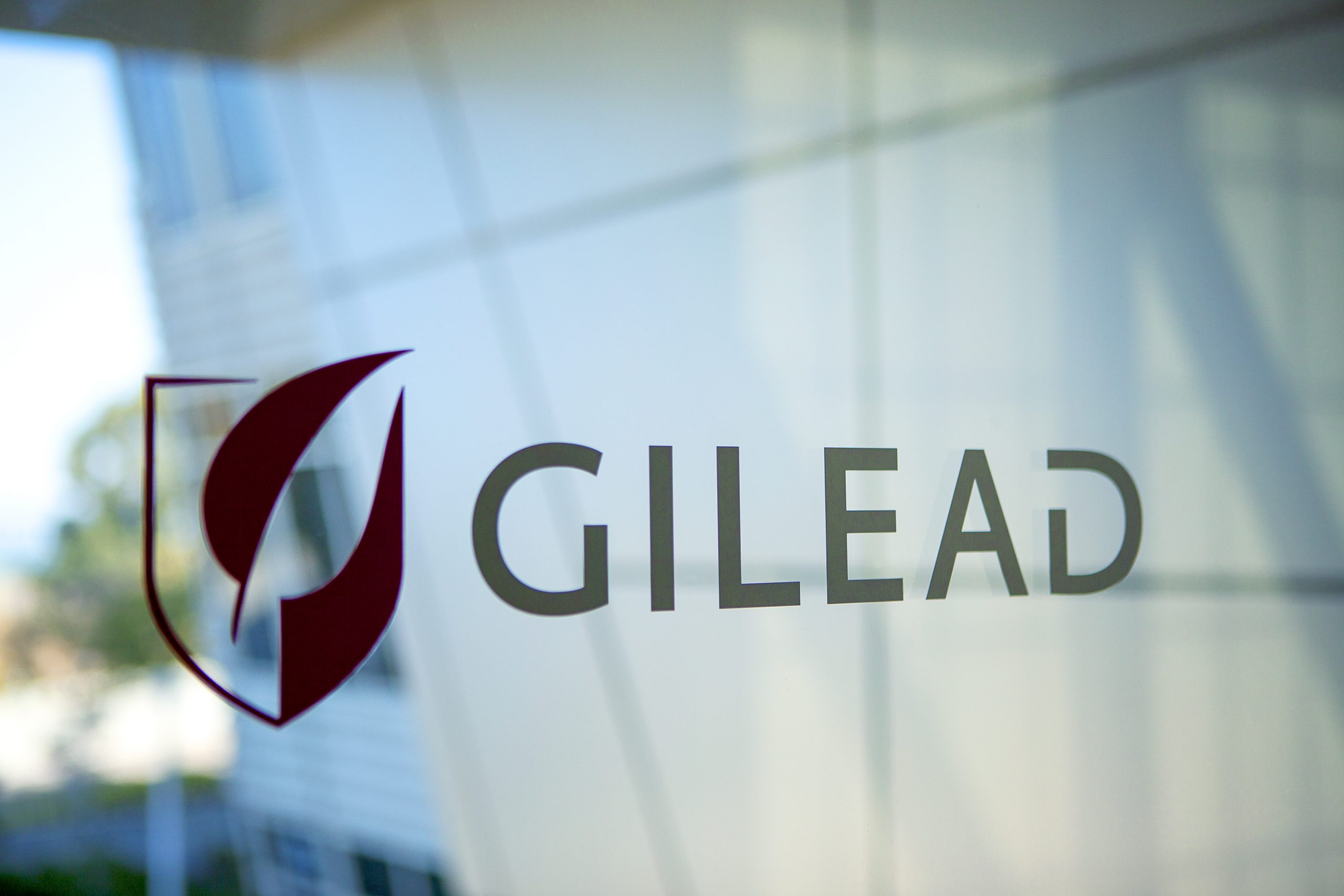Innovative smaller firms to break into pharma's top 20

After decades of a few major pharma companies dominating the industry, a new generation of small but often highly innovative companies are breaking into the sector's top division, reports Andrew McConaghie.
The trend is identified in IMS Health's new report 2020's top 20, which predicts that many of industry's current big players will lose out as fast-moving specialist companies overtake them in the rankings.
Novartis is currently the world's No.1 pharma company. The report warns that big pharma companies can't rest on their laurels if they want to stay on top, with a host of new firms challenging their dominance.
Two of the most notable examples of this in recent years are Actavis (now owner of Allergan and to take Allergan's name globally) and Gilead. Actavis was a generics giant whose rise mirrors the huge growth of off-patent medicines, while Gilead has rocketed into pharma's top 20 biggest companies in 2014 thanks to ground and record-breaking hepatitis C drugs Sovaldi and Harvoni (see table below).
Now industry analysts IMS Health are predicting further changes among the top rankings with factors such as major mergers and acquisitions, and the rise of speciality companies reshaping the industry.
Pharma's Top 20 companies in 2014 and in 2020
Source: IMS Health World Reviews and MIDAS, December 2014. World Review 2005 & 2010. *Actavis/Allergan shown by putting separate 2014 company sales together, Pfizer shown pre-Hospira.
The Shift in Innovation
One of the most significant trends identified concerns the source of innovation within the industry, which finds that novel drugs are increasingly coming from these new entrants. IMS Health analysis found companies outside the top 20 increased their share of origination of new molecular entities (NMEs) from 50 per cent to 73 per cent over the last decade, while the top 20 companies saw their share of originations drop from 29 per cent to 23 per cent.
The global top 20 companies currently still hold the lion's share of commercialisation, as by the time products gain FDA approval, 56 per cent have been acquired or in-licensed by one of the big players.
But the IMS Health report's co-author Sarah Rickwood says this could change rapidly, as specialist companies will increasingly be able to not only discover and develop new drugs, but also to commercialise them themselves.
IMS Health points to Vertex as being an example of this, the specialist US firm choosing to launch its first-in-class cystic fibrosis drug Kalydeco around the world without a big pharma partner.
Sarah Rickwood says existing top 20 companies need to keep evolving in order maintain their position.
"Companies that wish to remain in the global top 20 must be on the top of their game in business development, as the battle for innovation moves faster and is more expensive than ever before."
She predicts companies which can demonstrate their commercial/market access strength, and show themselves to be the best partners to work will do best. She says some of the best examples include Johnson & Johnson, which has had a strong track record in partnerships and strong product launches. Meanwhile companies such as GSK, Sanofi and Bayer could also be well positioned, as they have a strong presence in the high growth 'pharmerging' markets, and could partner with smaller firms to launch new drugs in these regions.
Lupin, EMS, Celgene, Shire and Biogen
Fast-growing companies within the top 50 rankings are of course the most obvious candidates to break into the top 20 elite over the next five years. Three such companies have broken into the top 20 in the past decade: Novo Nordisk, Gilead and Otsuka, and IMS says innovative product growth has been the driver in each case (although Gilead's hep C drugs came via the acquisition of Pharmasset).
The two fastest growing firm outside the top 20 are Lupin and EMS. Both companies hail from 'pharmerging' nations (Lupin is based in India, EMS in Brazil) and have their origins in generic/non-original drugs, but are moving up the value chain to more sophisticated portfolios.
Meanwhile, a triumvirate of specialist companies are also tipped to break into the premier league by 2020: Celgene, which has grown thanks to its multiple myeloma franchise, Shire, which is fast expanding its rare disease portfolio, and Biogen, which is increasing revenues rapidly thanks to its multiple sclerosis medicines.
IMS Health says these changes mean the top 20 rankings are increasingly likely to be filled by these specialist focused firms, who will earn most from the developed markets. There are likely to be exceptions to this model. Most notable among these may be GSK, whose chief executive Andrew Witty recently outlined his strategy of pursuing a 'volume not cost' model based on developed and up-and-coming markets. IMS says pharmerging markets may become more significant for the top 20, but only when they show greater uptake of novel medicines.
Read the IMS Health white paper here
Andrew McConaghie is pharmaphorum's managing editor, feature media.
Contact Andrew at andrew@pharmaphorum.com and follow him on Twitter










